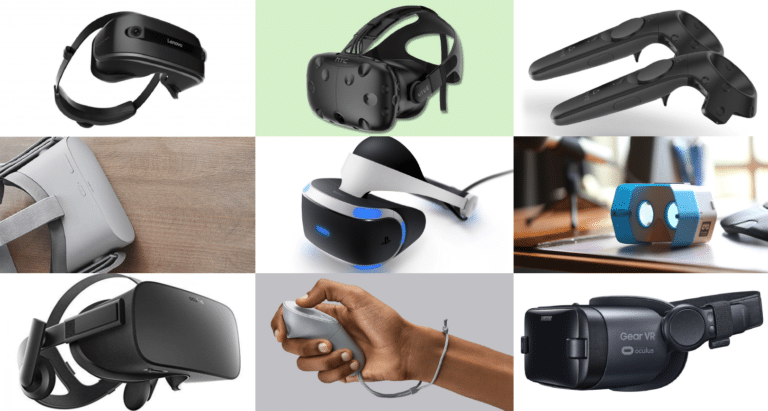
This post is adapted from ARtillery Intelligence’s latest report, VR Usage & Consumer Attitudes, Wave III. It includes some of its data and takeaways. More can be previewed here and subscribe for the full report.
How do consumers feel about VR? Who’s using it? What devices and apps do they use? And what do they want to see next? Perhaps more importantly, what are non-users’ reasons for disinterest? And how can VR players optimize product strategies accordingly?
These are key questions that our research arm ARtillery Intelligence set out to answer. Working with Thrive Analytics, they presented questions to more than 3,100 U.S. adults in Thrive’s established survey engine. And they’ve analyzed the results in a narrative report.
This follows similar reports completed over the past two years. Wave III of the research now emboldens the perspective and brings new insights and trend data to light. All three waves represent a collective base of 7,065 U.S. adults for a robust longitudinal analysis.

Meanwhile, what did the report uncover? First, 16 percent of consumers surveyed have bought or used a VR headset, up from 11 percent in 2018. More importantly, VR users indicate high levels of satisfaction: 67 percent reported extreme or moderate satisfaction with VR.
As for price sensitivity, demand inflects at $400 and $200. These are interestingly the price points for Oculus Quest, Rift S and GO. This indicates Oculus’ competitive edge, aggressive price competition and accelerating market share, congruent with our separate projections.
Furthermore, standalone VR – embodied by Oculus Quest, Go and others – represents a key inflection point for VR. Though still early (survey fielded before Quest’s market launch), standalone VR addresses many consumer objections evident in this and past survey waves.
However, it’s not all good news: Non-VR users report relatively low interest in VR ownership – 27 percent, down from 31 percent in 2018 – and ambivalence. This downward trend in interest is concerning but isn’t surprising given the dip in market excitement we’ve observed.

Moreover, disparity between current-user satisfaction and non-user disinterest underscores a key challenge for VR: you have to “see it to believe it.” In order to reach high satisfaction levels, VR has to first be tried. This presents marketing and logistical challenges to push that first taste.
The same challenge was evident in this study’s corresponding AR report, but mobile AR’s adoption barriers are lower. It’s nonetheless a common challenge for immersive technologies. It will take time, acclimation and more price reductions before VR penetrates the mainstream.
These points join several other strategic implications that flow from latest consumer VR sentiments. We’ll examine those takeaways here in the coming weeks, including this latest wave of findings, and our narrative analysis for what it means. Stay tuned for lots more.
See more details about this report or continue reading here.
For deeper XR data and intelligence, join ARtillery PRO and subscribe to the free AR Insider Weekly newsletter.
Disclosure: AR Insider has no financial stake in the companies mentioned in this post, nor received payment for its production. Disclosure and ethics policy can be seen here.
